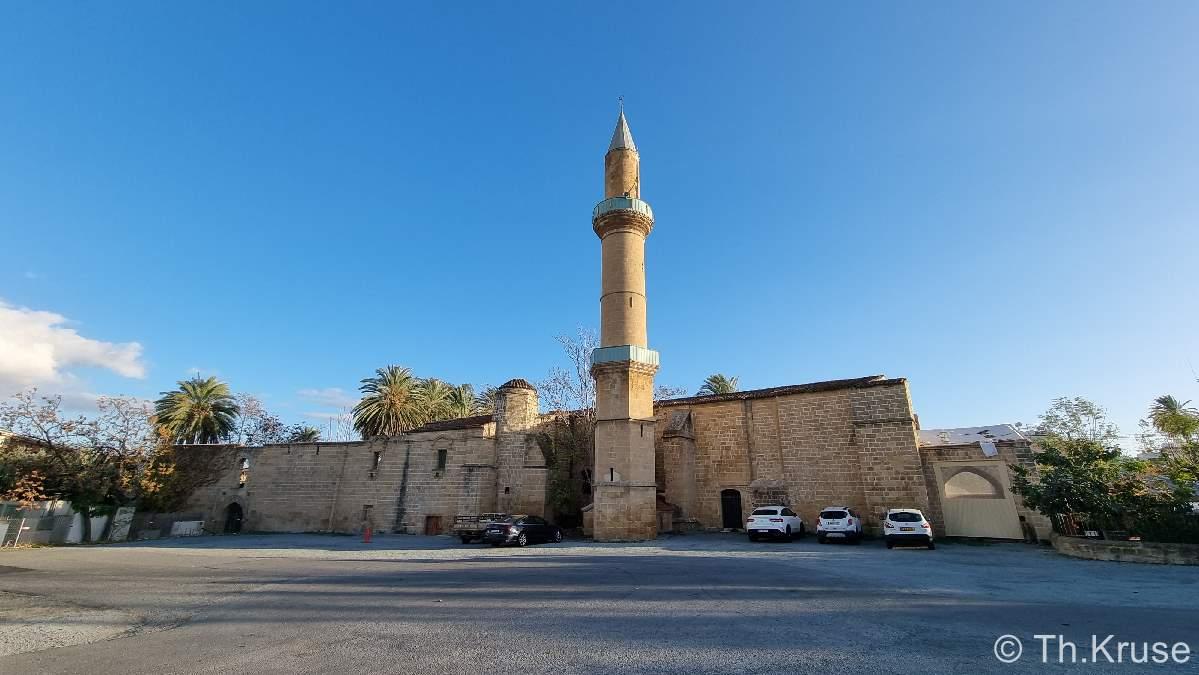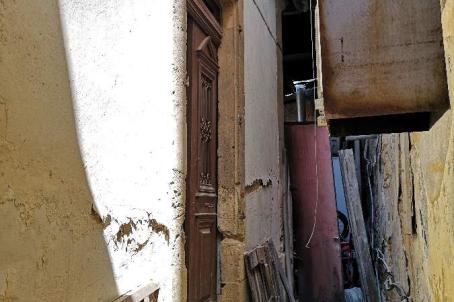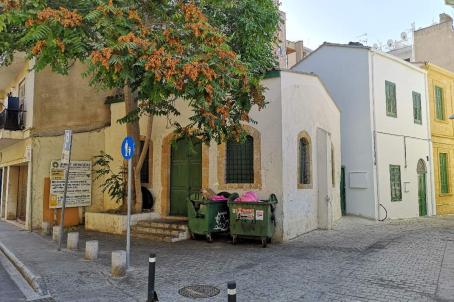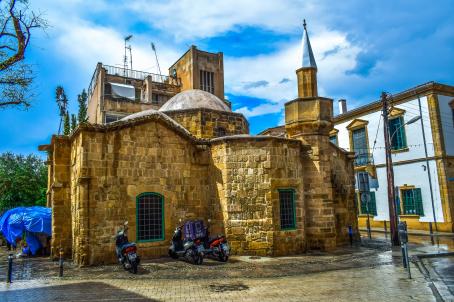Nicosia Tabakhane Mescit

The history as well as the name of Tabakhane Mescit are not entirely clear. It is likely that the mescit got its name because of the tanneries that used to be in the area (tabakhane = tannery).
About this building
Bağişkan states that the present mescit replaced an earlier one, which must have been built before the year 1746. That mescit also had a small school beside it. In the official Evkaf documents, the names ‘Debağhane Mescit’ and ‘Çektirioğlou Mescit’ are also used for this building. In 1909, the mescit was in a poor condition and was in need of repair. As there are no documents referring to the new mescit building, Bağişkan suspects that the new construction was carried out after 1935. He bases his assumption on a description in a 1935 report by G. Jefferey, in which the mescits of the Tabakhane and Nöbethane quarters are mentioned like this: ‘poor little mosques – mere chambers without architectural character or minarets’.
Further major repairs are not known. On the basis of existing photos, however, it can be proven that there must have been a major renovation of the mescit and its surrounding area between 2008 and 2020. Among other things, the gutters were renewed and an enclosing wall was built. Bağişkan also mentions that, according to locals, the mescit was only in use for morning and evening prayers in recent times. There was also the annual tradition after which the apprentice tanners, who were about to become master tanners, prayed here as part of a traditional rite.
For more information on this building visit https://www.cyreligiousheritage.org/districts/Nicosia/village/65





